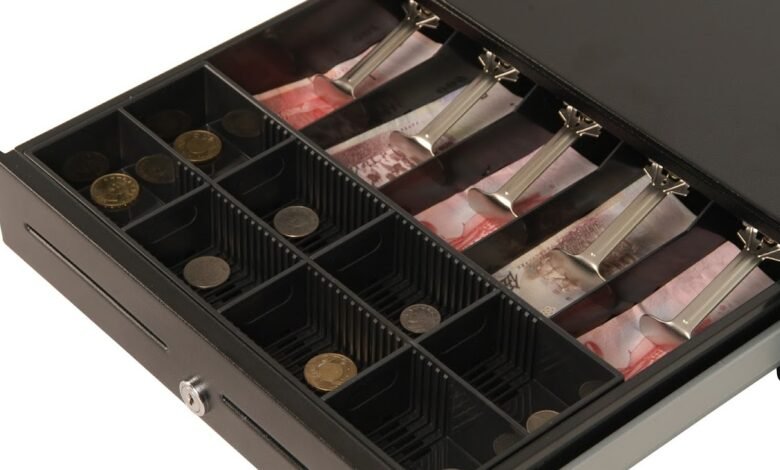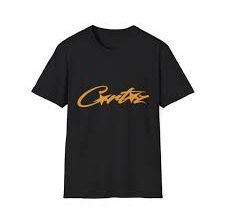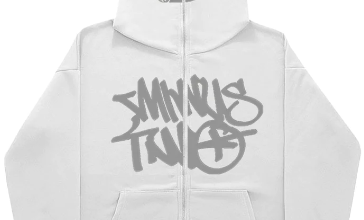
Choosing the right cash drawer for your Point of Sale (POS) system is a crucial decision for any retail business. A reliable cash drawer can streamline transactions, keep your money safe, and seamlessly integrate with your POS hardware. With so many options on the market, how do you find the best cash drawer to meet your business needs? In this guide, we’ll explore the essential features to look for, considerations to keep in mind, and help you make the right choice for your business.
The Role of a Cash Drawer in a POS System:
A cash drawer is more than just a compartment to store money. It is a vital part of your POS system, responsible for securely holding cash, coins, checks, and receipts. The cash drawer’s primary function is to safeguard transactions, ensuring a secure environment for cash management.
Why Choosing the Right Cash Drawer Matters
Selecting the right cash drawer isn’t a one-size-fits-all situation. Different businesses have unique requirements based on the type of transactions they handle, the volume of sales, and the store’s security needs. A well-chosen cash drawer enhances efficiency, reduces errors, and prevents theft.
Compatibility with Your POS System:
To select the perfect cash drawer, several factors must be evaluated. Here’s what you should consider. Ensure the cash drawer is compatible with your existing POS hardware. Most cash drawers connect directly to your receipt printer or POS terminal, so it’s important to check if they can seamlessly communicate without extra adapters.
Size and Space Considerations:
Measure the space where you plan to place the cash drawer. Cash drawers come in various sizes—ranging from compact options for small counters to larger ones for higher volume stores. Choose a model that fits comfortably without obstructing workflow. The material and build quality of the cash drawer affect its durability. Steel drawers offer better security and last longer than plastic alternatives.
Types of Cash Drawers:
Cash drawers come in different styles, each catering to various business needs. Here are some common types. Manual cash drawers are operated by a latch or key, offering a simple solution without requiring electrical connections. These are budget-friendly and suitable for small businesses with low transaction volumes.
Electronic Cash Drawers:
Electronic cash drawers open automatically when triggered by the POS system or receipt printer. They offer greater security and convenience, making them ideal for medium to high-traffic businesses. These drawers open upwards, saving space on narrow countertops. Flip-top designs are popular in Europe and for environments where countertop space is at a premium.
Connectivity Options for Cash Drawers:
How a cash drawer connects to your POS system is a crucial consideration. Most electronic cash drawers connect to the receipt printer, which sends a signal to open the drawer when a sale is completed. This is a reliable and commonly used option for many retail settings. Modern cash drawers often come with USB or Bluetooth connectivity, allowing them to connect directly to your POS terminal or computer. These options provide more flexibility and are ideal for mobile and tablet-based POS systems.
Locking Mechanisms and Security Features:
Security is a top priority when selecting a cash drawer. Consider the locking mechanism and additional security features. Basic cash drawers come with a standard key lock. For higher security, look for models with multi-position locks that allow the drawer to remain locked even when opened by unauthorized users.
Electronic Locks:
Advanced cash drawers feature electronic locking systems that integrate with your POS, adding an extra layer of security. They can be configured to open only under specific circumstances, reducing theft risk. The internal layout of a cash drawer can impact efficiency. Cash trays can be configured with varying numbers of bill and coin compartments. Choose a configuration that suits your currency and the number of denominations you handle.
Removable Trays and Adjustable Slots:
Removable cash trays make it easy to count and organize cash during shift changes. Adjustable slots are useful if you handle a wide range of denominations or non-cash payments like checks. Investing in a cash drawer with a solid warranty and good customer support can save you from headaches down the line. Look for reputable brands that offer reliable post-purchase service and technical support.
Aesthetic and Design Considerations:
While functionality is crucial, aesthetics also play a role. A cash drawer should blend seamlessly with your POS setup and store design. Consider color, finish, and how it integrates with your countertop. The price of a cash drawer can vary widely. Consider what features are essential and balance your budget accordingly. While a basic manual drawer might cost less, investing in a quality electronic model could save you money in the long run by reducing theft and improving efficiency.
Conclusion:
Choosing the right cash drawer for your Point of Sale system requires a careful balance of compatibility, security, and efficiency. By understanding your business needs and the options available, you can find a cash drawer that enhances your operations and keeps your transactions secure. Take the time to assess the factors outlined in this guide, and you’ll be on the path to making an informed decision.



